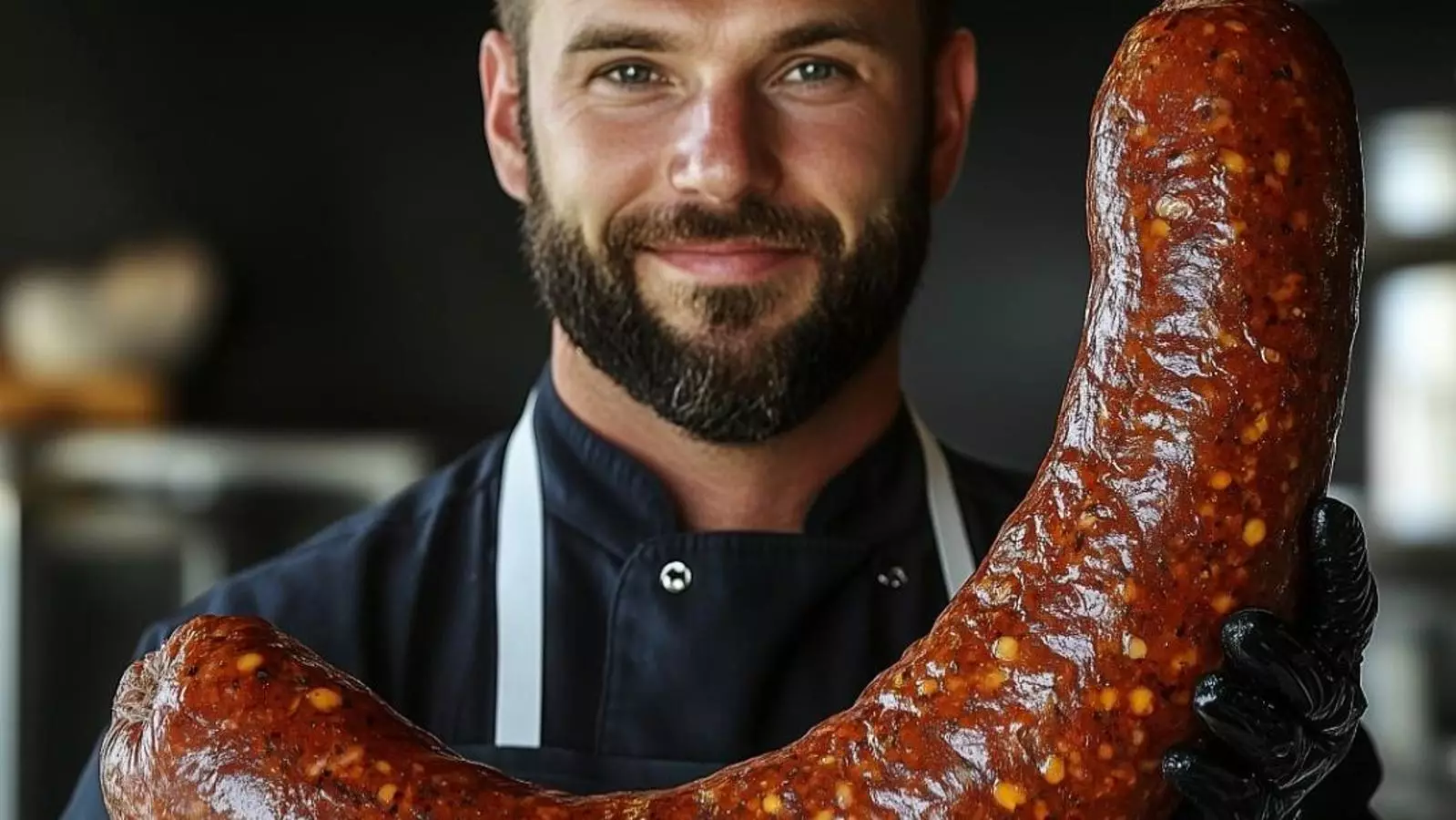In an age where social media heavily influences consumer behavior, the advent of entirely digital restaurants such as Ethos_atx poses intriguing questions about authenticity and the nature of experience in the culinary world. Ethos_atx has garnered more than 74,000 followers on Instagram, captivating users with visually stunning dishes that challenge the very notion of what a restaurant represents. However, contrary to what one might assume, Ethos_atx does not exist in reality—its food, staff, and ambiance are all products of artificial intelligence (AI). This phenomenon captures a larger cultural moment as we explore how our digital lives can diverge from tangible experiences.
Ethos_atx’s Instagram showcases what many would consider to be the pinnacle of culinary creativity—vivid, sculptural foods like dinosaur-shaped croissants and bouquet-style burgers. These images resonate strongly with followers, inviting both admiration and a sense of longing to experience such magical gastronomic creations. Yet, behind the glossy photos lies a playful ruse, designed to provoke thought on the authenticity of food experiences. While some viewers may fully comprehend this simulated world, others are drawn in, searching for the corporeal connection that such enticing visuals promise but ultimately do not deliver.
As a concept, Ethos_atx speaks to the triumph of presentation over substance. This shift reflects a broader trend in consumer behavior where a captivating image may hold more value than the taste of the actual dish. Ethos pushes these boundaries by creating what it describes as “unreal flavors,” inviting us to examine how perception shapes our expectations. The interactivity of these digital platforms transforms the food industry landscape, allowing anything to be possible within the realm of imagination, regardless of its feasibility in the physical world.
Ethos_atx marks only the beginning of a larger trend: the utilization of AI in creating food-related content. Restaurants today increasingly rely on AI to generate visual representations of their menus, resulting in stunning digital artistry. However, the potential ramifications of relying on such technology can be concerning. As consumers, we risk being swayed by representations that are often exaggerated or entirely fabricated. This creates a precarious balance where visually compelling imagery can easily mislead individuals, thus disrupting trust in food brands.
The rise of ghost kitchens—restaurants that exist solely for food delivery—further complicates the picture. These establishments, often underpinned by AI-driven designs and marketing strategies, blur the lines between what is real and what is marketing narrative. As consumers continuously engage with beautifully crafted images, the threats of misrepresentation and disconnection from reality become ever more apparent.
Implications for Consumer Trust and Supply Chain Dynamics
With the ability to create entirely fictional culinary experiences, questions arise about consumer trust and the broader implications for the dining industry. Ethos_atx, while a whimsical exercise, forces us to confront the vulnerabilities inherent in our digital economy—where perception can be manipulated, and the traditional restaurant experience is reshaped to suit the appetites of a social media audience. The phenomenon echoes previous tactics used in the digital space, such as the infamous case of a fake restaurant on TripAdvisor, which was buoyed by misleading reviews and ultimately became a top-rated establishment.
As we witness the rise of such instances, the need for regulations and transparency in the food industry becomes paramount. Consumers deserve authenticity in their dining experiences. When establishments utilize AI to curate a fantastical image that may never materialize, they risk losing genuine engagements with their customer base.
As Ethos_atx continues to thrive in the digital realm, it serves as an entertaining yet thought-provoking lens through which we can analyze the evolution of consumer expectations within the culinary industry. While the platform may exist purely in pixels and codes, it embodies a larger conversation about how our experiences and realities are being increasingly mediated by technology.
The rise of AI in food representation—embodied vividly by Ethos_atx—raises essential questions about authenticity, consumer trust, and future dining experiences. As we navigate this digitally driven age, we must cultivate a heightened awareness of the interplay between what is presented and what is real, ensuring our connections with food remain genuine amidst the enticing illusions crafted by technology.

